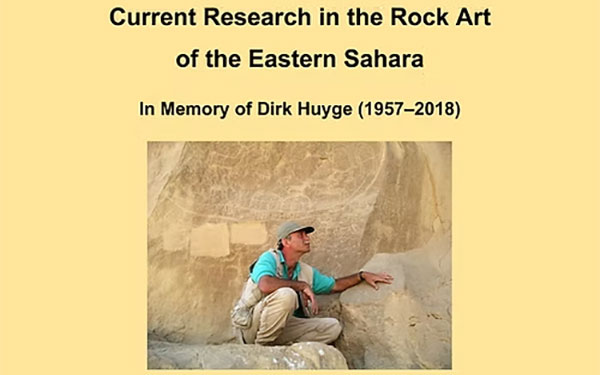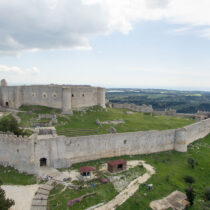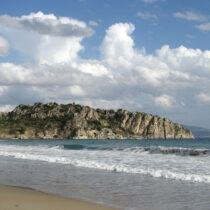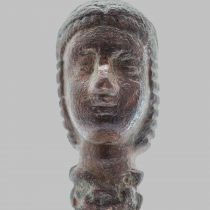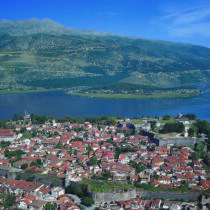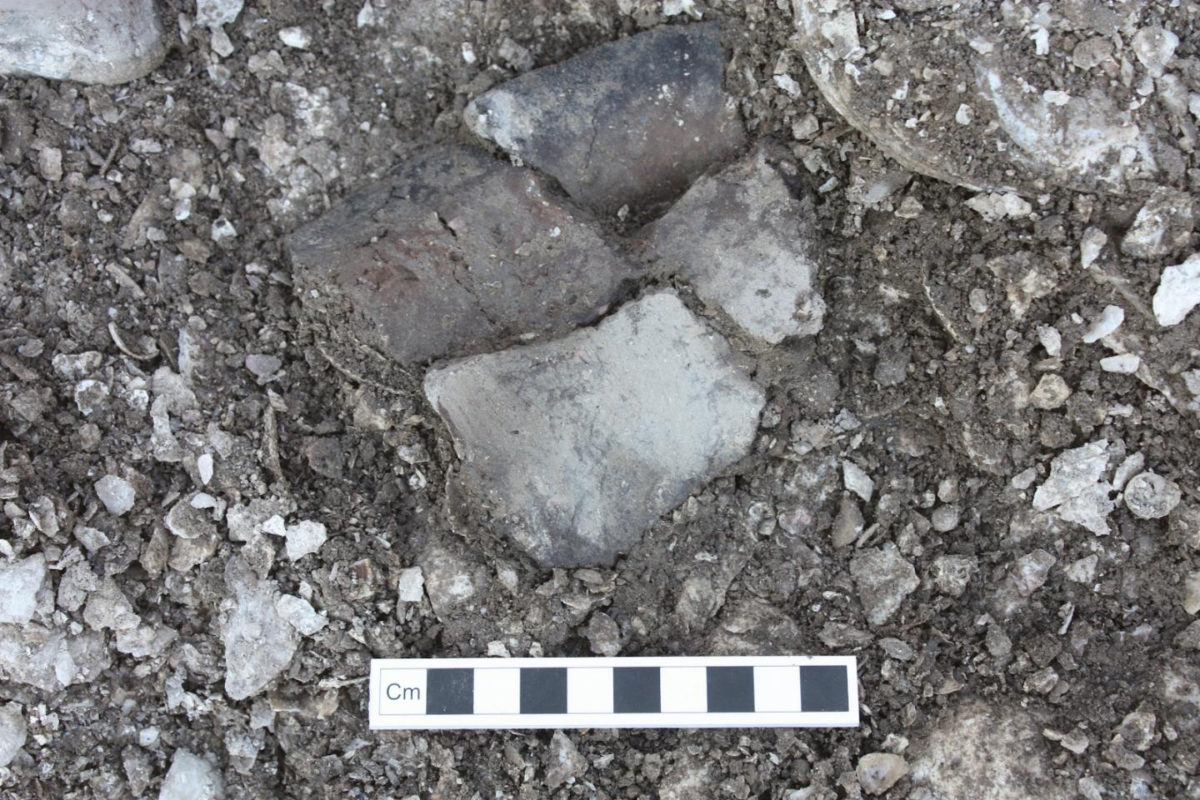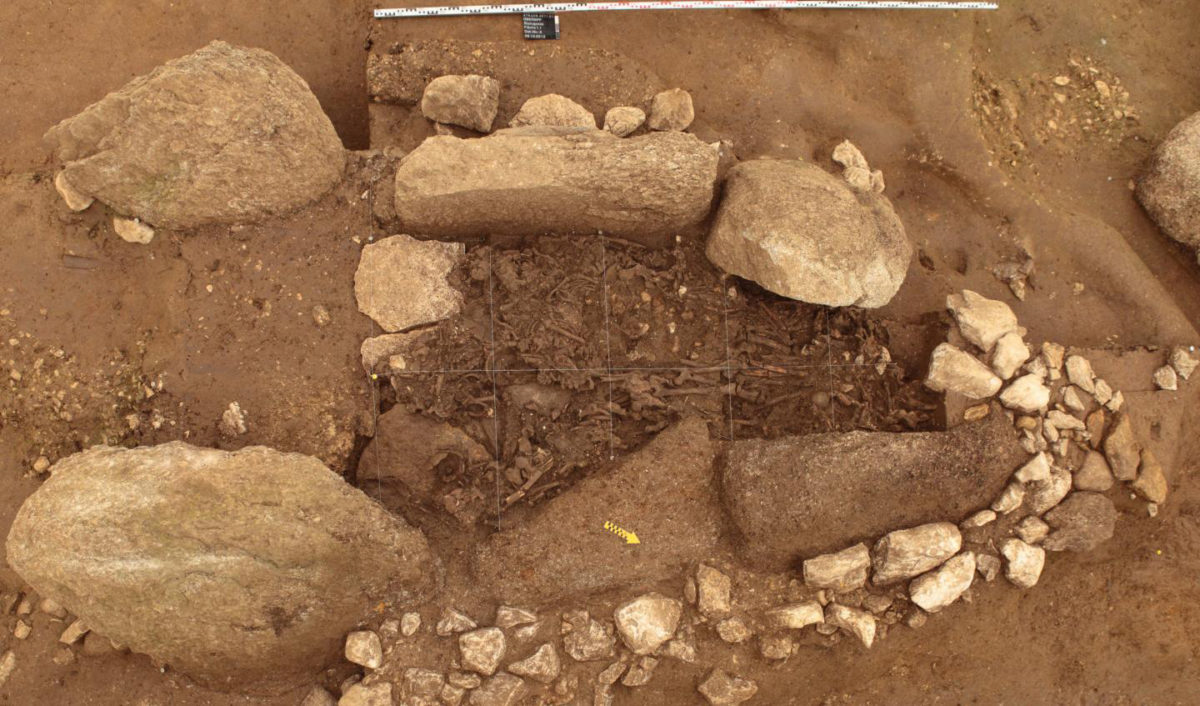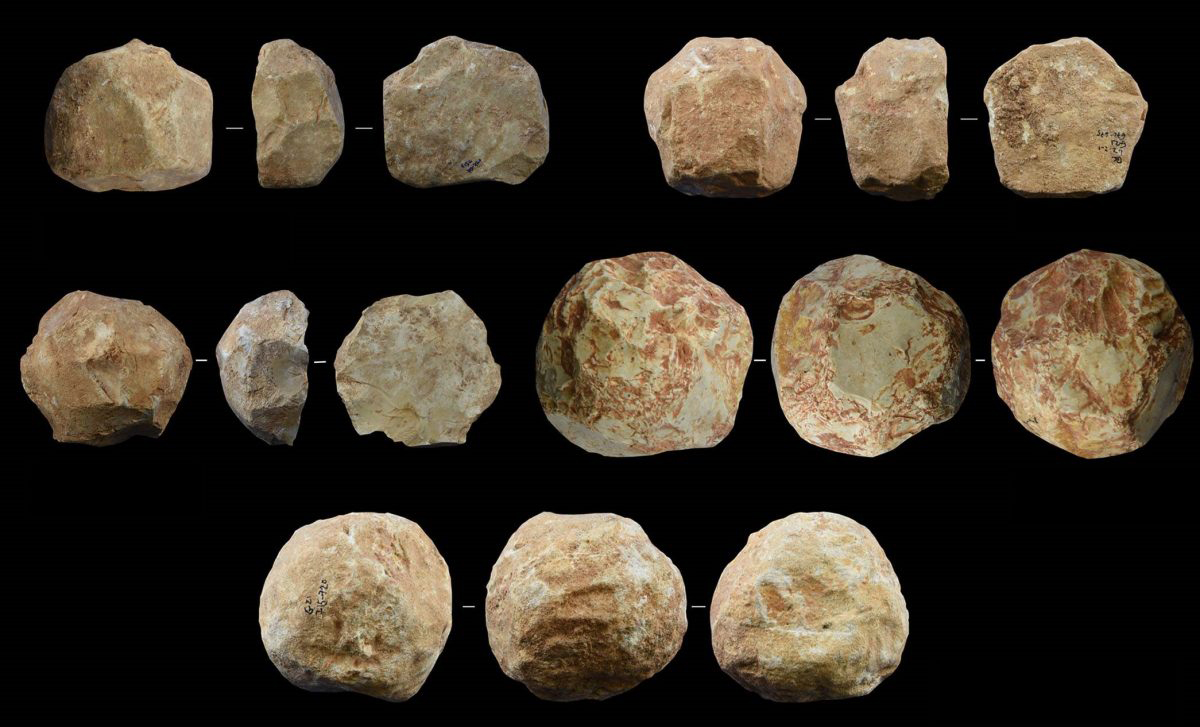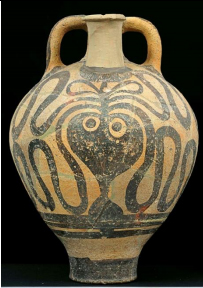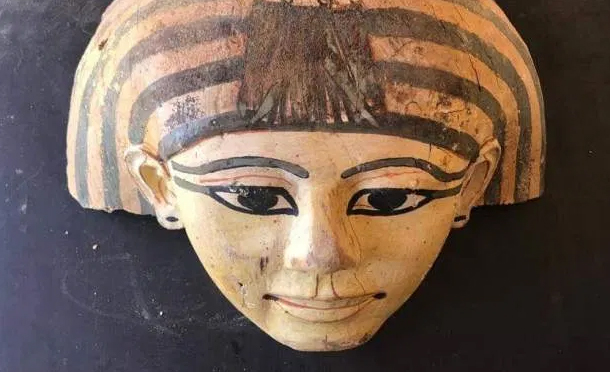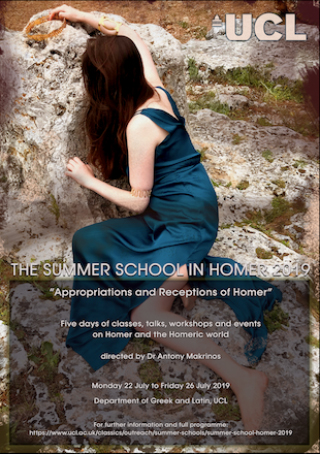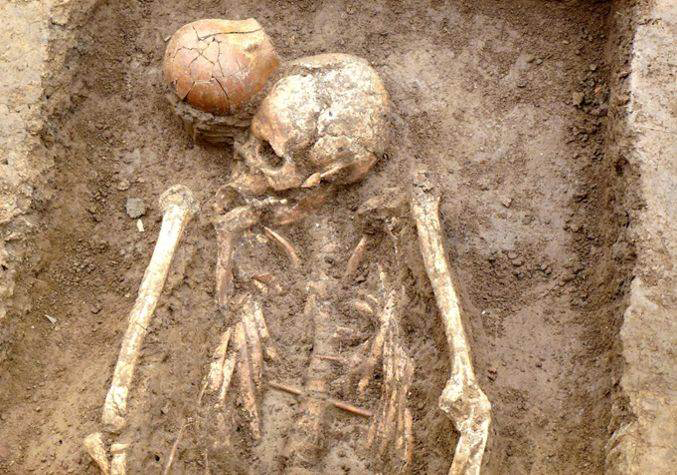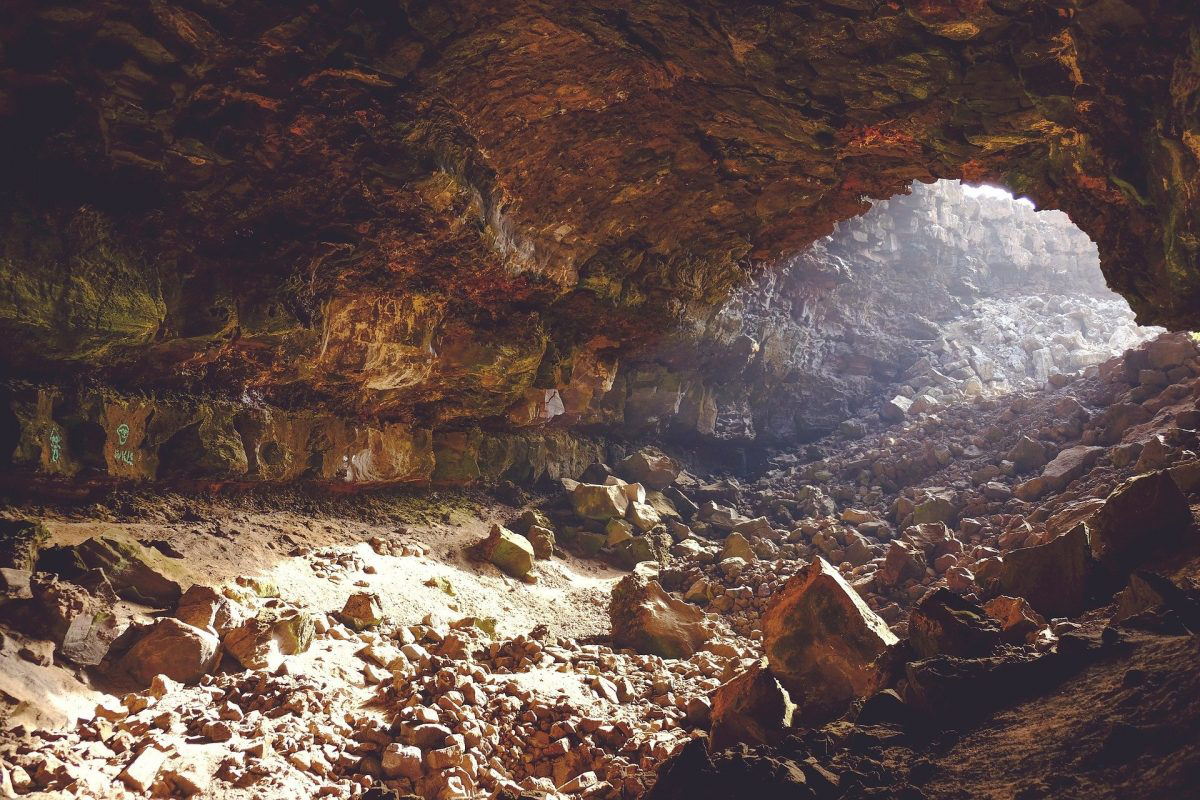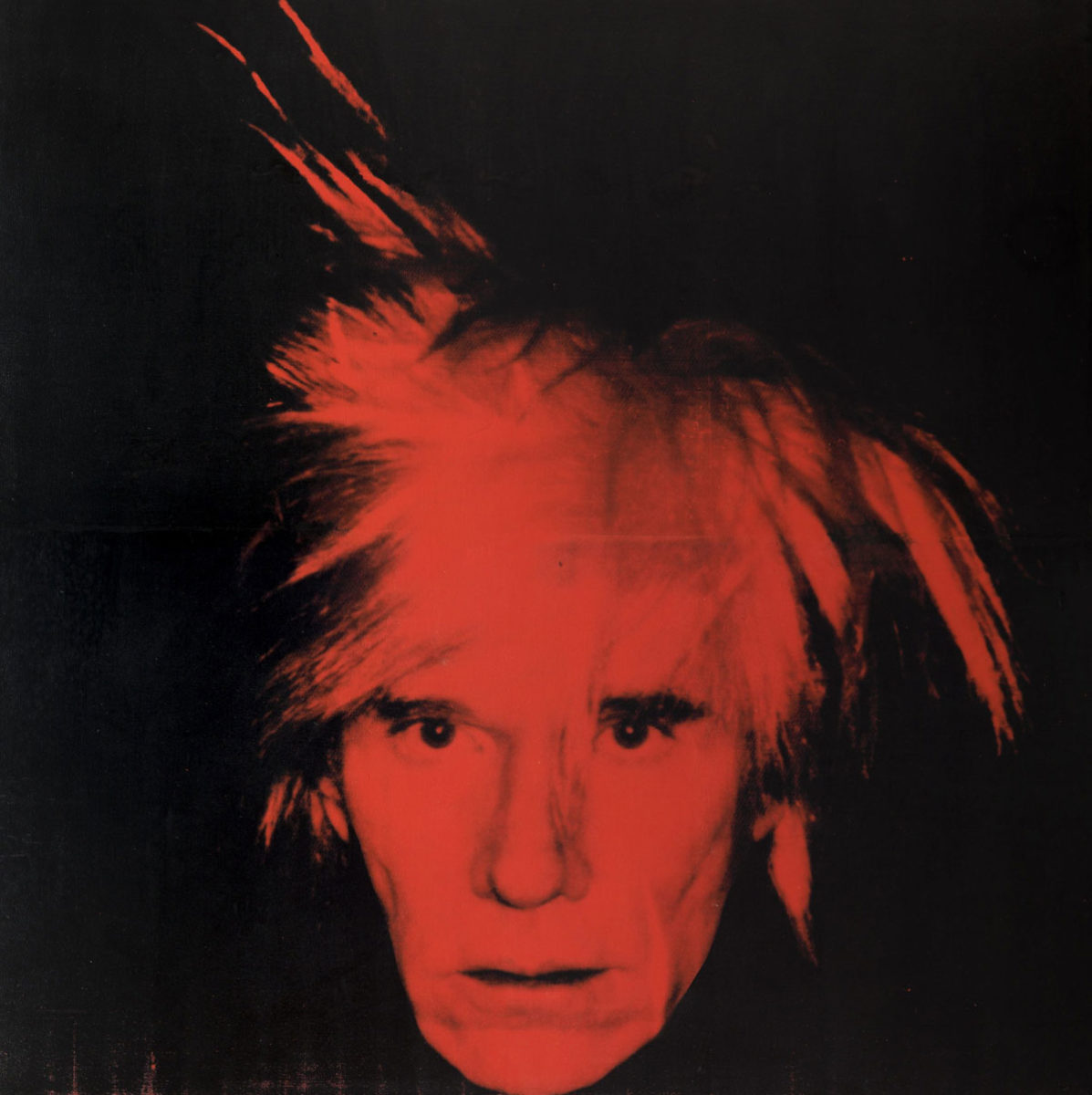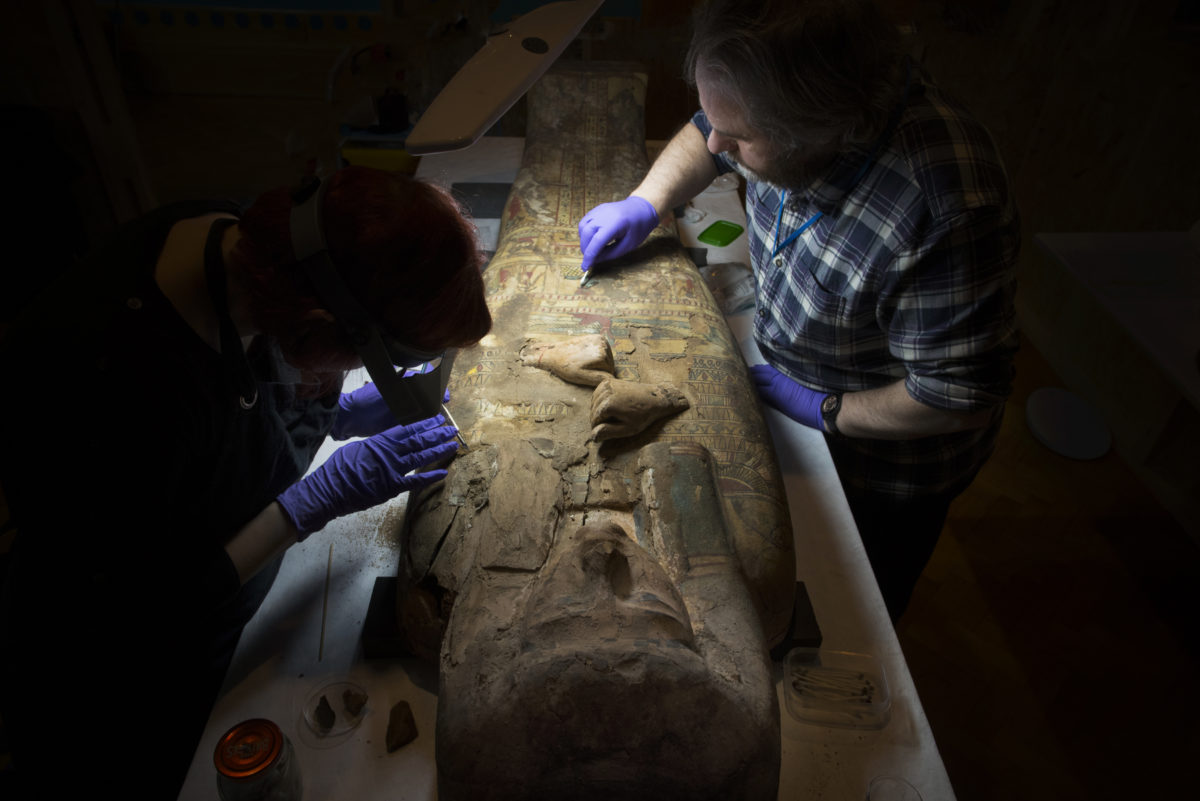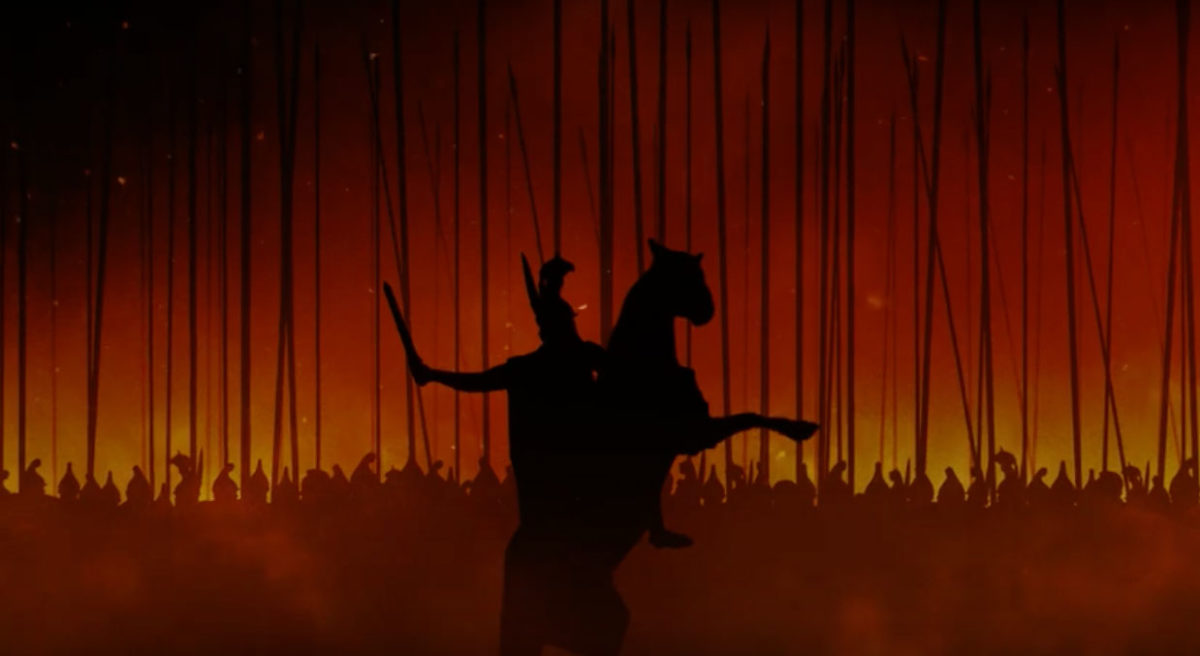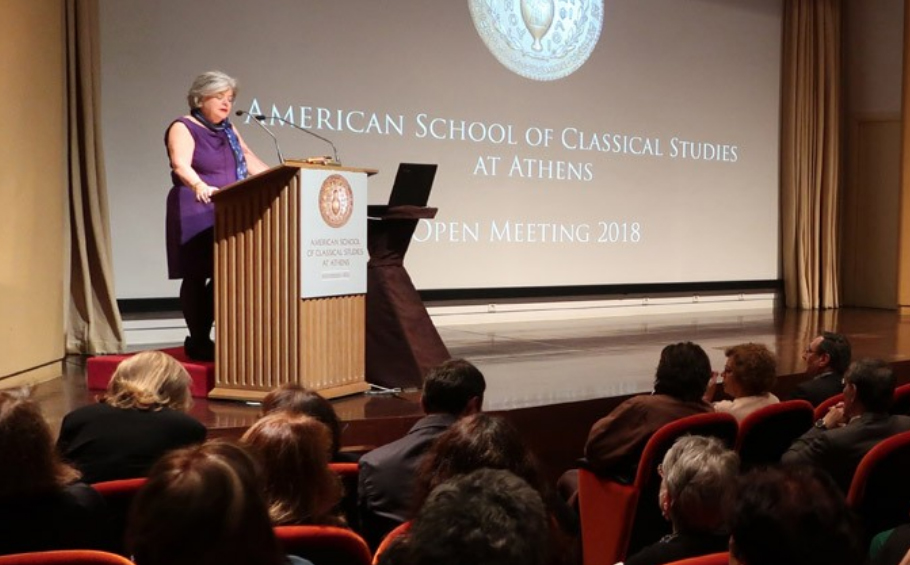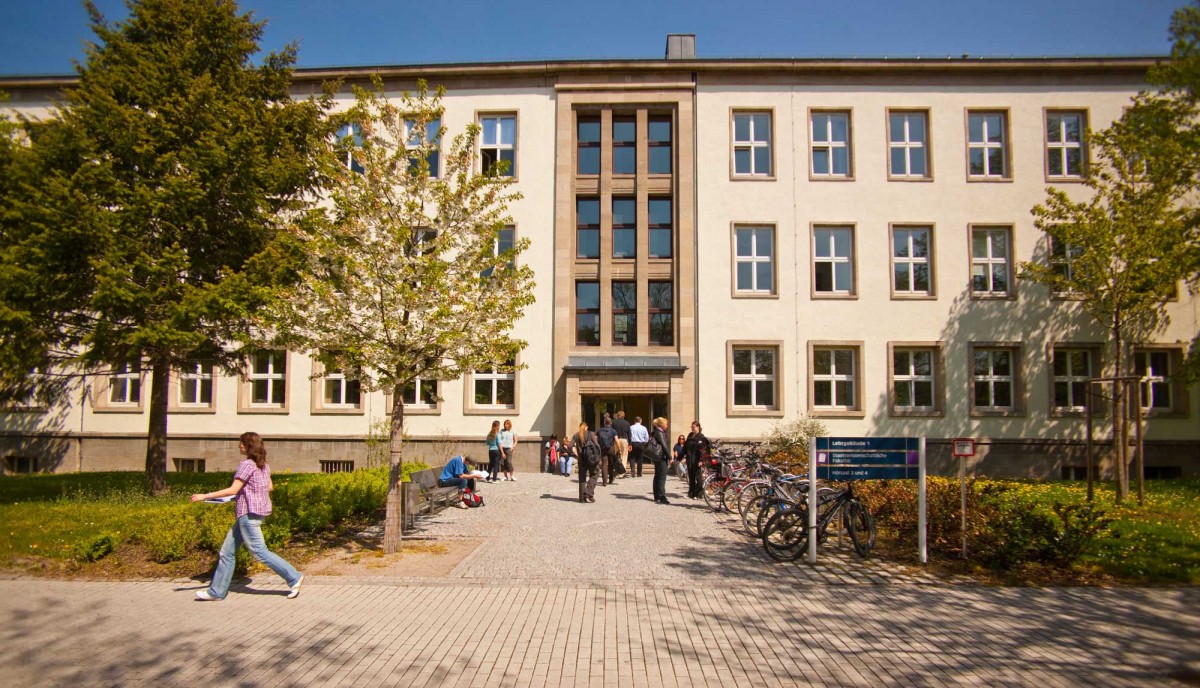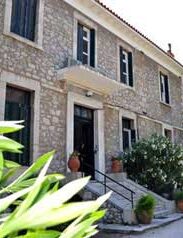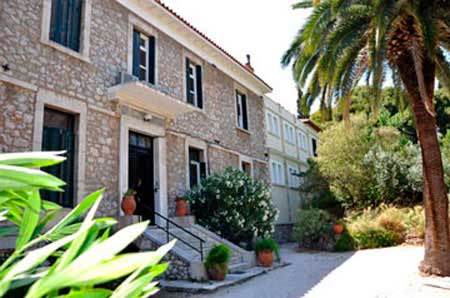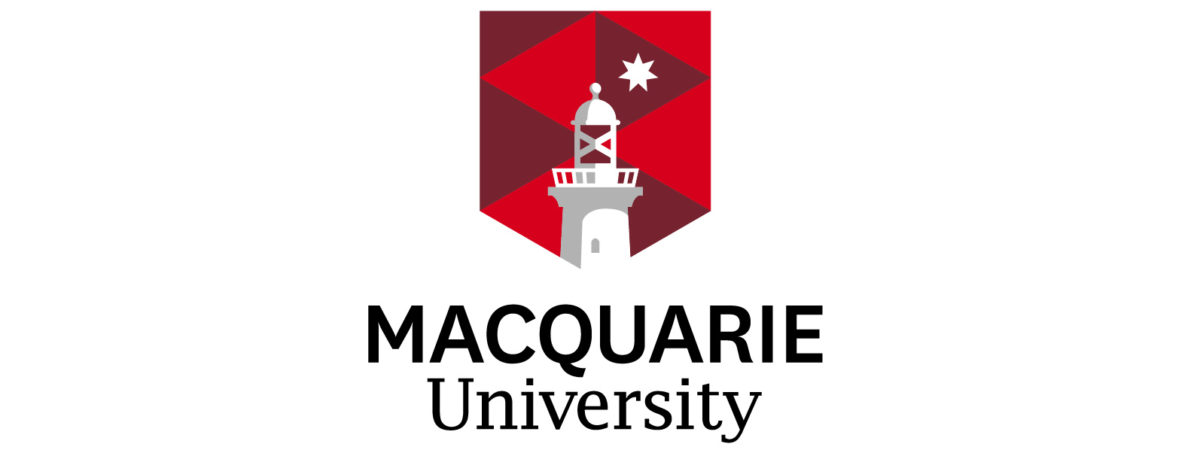Study sheds light on unique culinary traditions of hunter-gatherers
Hunter-gatherer groups living in the Baltic between seven and a half and six thousand years ago had culturally distinct cuisines, analysis of ancient pottery fragments has revealed.
Neolithic genomes from Switzerland indicate parallel ancient societies
Genetic analysis of 96 ancient individuals traces the arrival and demographic structure of peoples with Steppe-related ancestry into late Neolithic, early Bronze Age Switzerland.
Study reveals one of the possible uses of spheroids 400,000 ago
The study has applied a multidisciplinary approach that involves both a technological analysis of use, a study of the trace residues and experimental series of bone fracture.
Survey on the impact of the COVID-19 situation on museums in Europe
NEMO has gathered data on how COVID-19 has impacted museum budgets and operations, how museums cope in these times, how they re-organise their structures and offer new services to their audiences.
Archaeo-writing
The Archaeological Museum of Thebes invites everyone interested to create short stories, poems, fairy tales, letters, or theatrical plays inspired by objects exhibited in the museum.
Antiquities Ministry announces new discovery in Saqqara
The most important of these discoveries were the gorgeously decorated tomb of Wahti and the cachette of the sacred birds and animals from which many animal mummies—some extremely rare—were brought to light.
Summer School in Homer 2020
Τhe Summer School in Homer 2020 will be delivered online with live remote teaching.
China’s viticulture in transition
Wine culture going back thousands of years lays the foundation for emerging modern wine industry in the Middle Kingdom.
Study sheds light on alterations by carnivores to Paleolithic campsites
Paper demonstrates the considerable alteration and anatomical bias produced by wild carnivores once places inhabited by Paleolithic hominins have been abandoned.
Digital tour of the “Andy Warhol” exhibition
Tate Modern prepared a 7-minute video for a short digital tour of the exhibition.
Eleni Cubitt has died
Eleni Cubitt was a founding member and longstanding secretary general of the British Committee for the Reunification of the Parthenon sculptures.
More Mummy secrets revealed
Conservation of the Perth Mummy, Ta-Kr-Hb, is now well underway as the centre-piece of the current installation in Perth Museum & Art Gallery, Conservation in Action: Saving the Perth Mummy.
Indiana University Egyptology opens their Fall 2020 courses to eligible students
Indiana University courses in Egyptology offered to eligible students anywhere in the world.
Accessibility beyond the Academy: Inclusion in Contemporary Classics
Call for Expression of Interest by John Brendan Knight MA, Postgraduate Research Student University of Liverpool School of Archaeology, Classics and Egyptology.
Museums thank doctors and nurses
The campaign- under the hashtag MuseumsThankHeroes– was organized by Mara Kurlandsky and Adrienne Poon of the National Museum of Women in the Arts, Washington.
With the unfettered wings of Nike: exhibition of a unique collection
The exhibition comprising the unique collection of the collector-researcher Eleftherios Eleftheriou, records the modern history of the emblematic statue of the Victory of Samothrace.
Watch “Seleucus I the Nicator”
The Ephorate of Antiquities of Kilkis presents the short animated documentary “Seleucus I the Nicator. From Europos to the Hellenistic world”.
ASCSA shares videocasts of presentations in Cotsen Hall
The lectures were presented by the School during the past academic year (October–April) and earlier.
Reminder: 2 Doctoral Positions in Classics and Ancient History
Please note that the deadline for the applications has been extended. New deadline: 30 April 2020.
Early Career Fellowship at the BSA
The deadline for applications for the Early Career Fellowship 2020 - 2021 has been extended to Friday 15th May 2020.
Studentships 2020-2021 at the British School at Athens
Applications and references must be sent by Friday 15th May 2020.
Postdoctoral Research Fellowships at Macquarie University
The Macquarie University Research Fellowship (MQRF) Scheme is now open.
An additional piece added to the evolution of turtles
The results of a recent study indicate a close link between skull evolution and the highly flexible neck of these armored reptiles.
